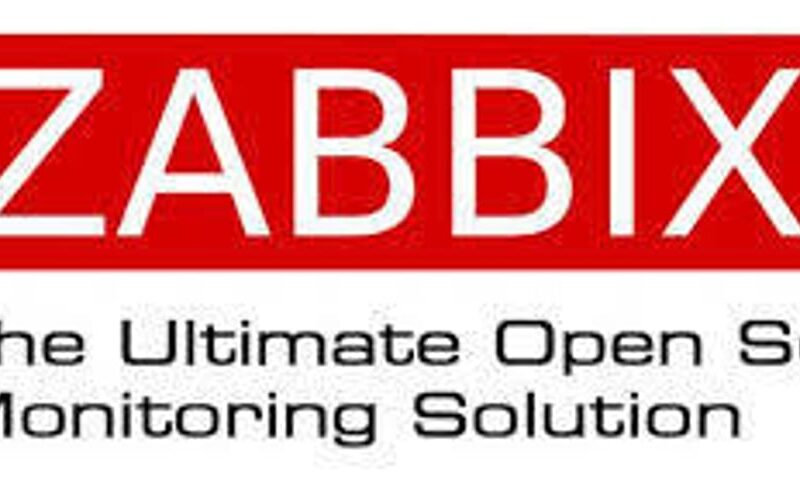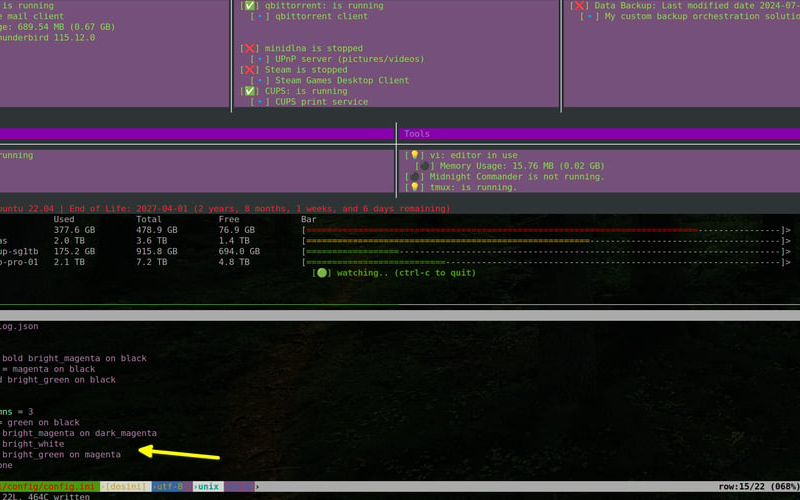22
Sep
We all feel the pain of regex's weird syntax, but hey, we're not going to let that stop us from achieving greatness! Despite its quirks, regex is a powerhouse when used in combination with sed. Let’s harness its strength! sed becomes a real powerhouse when you start using regex to match patterns more intelligently. For example, suppose you want to replace any sequence of digits with the word "[number]": sed 's/[0-9]+/[number]/g' text.txt Enter fullscreen mode Exit fullscreen mode This will replace any group of digits ([0-9]+) with "[number]" throughout the file. Regex allows you to create powerful and flexible searches,…



![[DAY 90-92] I made a shell script to build me a world cup database](https://pulsatingnews.xyz/wp-content/uploads/2024/07/DAY-90-92-I-made-a-shell-script-to-build-me-800x500.png)






